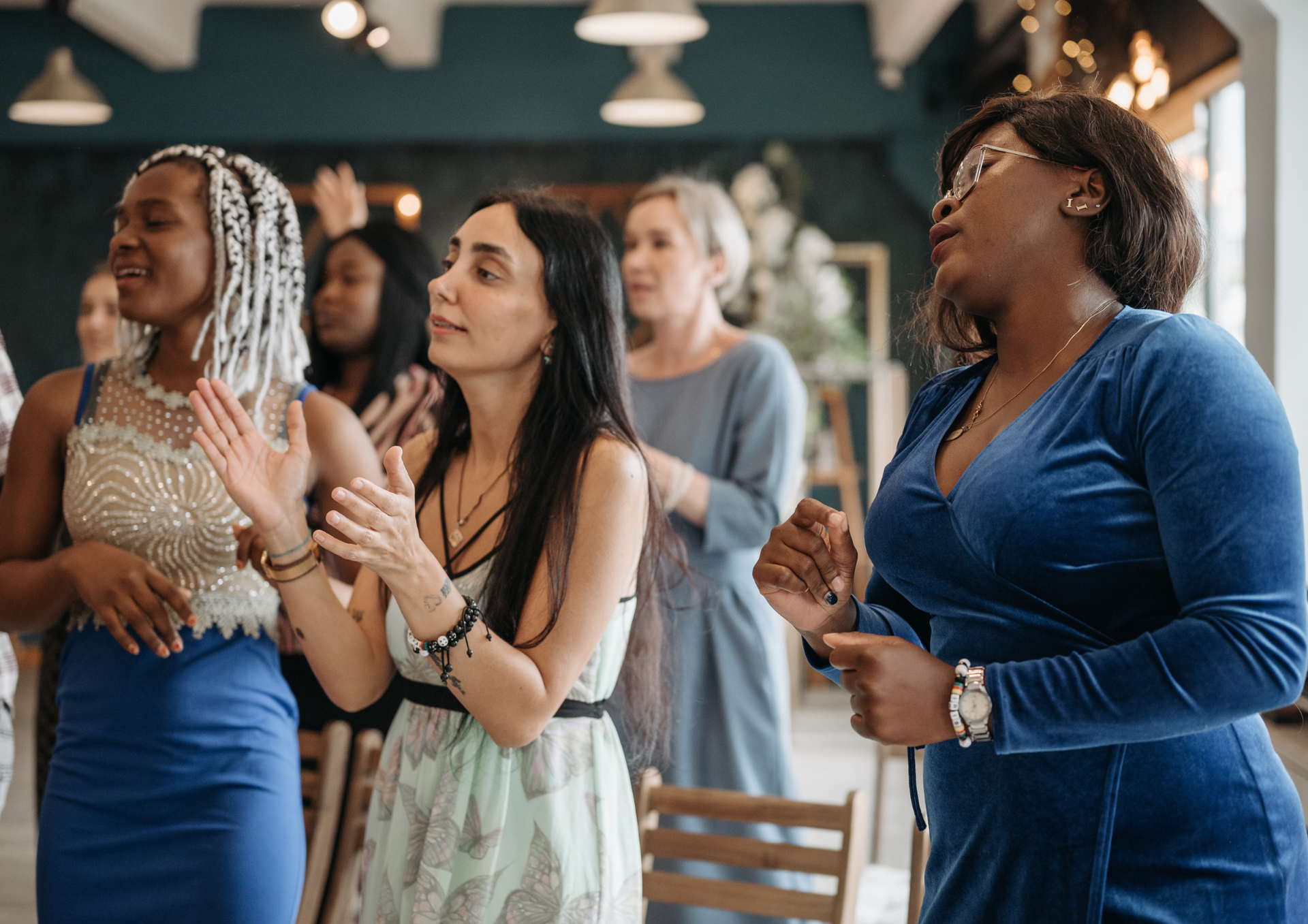Innsbruck 2024: It's You. It's Me. It's Us. (Part 2)

Amongst the many groundbreaking research projects presented at the 11th European Positive Psychology Conference in Innsbruck, three particularly thought-provoking applications have been chosen for this report.
Wellbeing in Schools
The issue of student and teacher wellbeing is the focus of positive psychology researchers around the world and the conference gave insights into some of the latest work in this field. Rhiannon McGee (Geelong Grammar School, Australia) and Sharron Russell (Shipley School, USA) led an interesting session on the strategic leadership of wellbeing in educational and organisational settings.
Both leaders charted the evolution of wellbeing provision within their respective organisations. They identified the need for a strategic integrated approach to mental health, spanning the prevention of harm, promotion of positive wellbeing and proactive management of ill health.
They emphasised how a layered approach to ensure all students and staff are included in the vision and implementation of a coherent strategy. This included implementing a wellbeing curriculum for students, professional learning about wellbeing for all staff, and embedding culture change through leadership practices, expectations and coaching.
Gathering and reflecting on data of the impact of strategic steps was a key element of their approach, with both committed to regular measurement of student and staff wellbeing through self-report.
An uplifting, practical session on teacher wellbeing given by Nanna Paarup and Mette Marie Ledertoug from Denmark demonstrated activities from a 6-week Danish pilot study to improve teacher wellbeing.
The study was co-created with a group of 10 teachers to investigate if practising chosen positive psychology micro-interventions for 10 minutes per day over a 6 week period would impact overall sense of wellbeing.
Initial qualitative findings indicated a range of positive impacts, suggesting a promising intervention for further investigation.
Positive Economic Psychology
Dora Gudmundsdottir, Director of Public Health in Iceland, gave a thought-provoking lecture about her work on the ‘Wellbeing Economy’.
She prompted the audience to consider: What is the end goal in society – money or happiness?
She critiqued the use of GDP as the key indicator for a successful society, noting an association between increases in a country’s GDP and increases in the sale of antidepressants and divorce.
She highlighted the absurdity of current global wealth distribution, where 8 men have as much wealth as 3.6 billion people.
There is therefore a need to shift perspective so that economic success is defined more broadly to include population health and fairness, as well as financial prosperity.
She painted a vision for a wellbeing economy that measures the broader range of indicators of what makes a life worth living and uses this data to prioritise and inform decision-making.
Countries currently exploring this pathway, in addition to Iceland, are Finland, New Zealand, Scotland, Wales and Canada. Watch this space!
Positive Psychology & Neuroscience
Michaela Brohm-Badry, an educational neuroscientist from Germany, gave a captivating presentation outlining the powerful impact of thoughts and beliefs on our lives, from a neuroscientific perspective.
Using videos of neural activity in the brain, she demonstrated how thoughts can have a direct impact on brain growth. She explained neuroplasticity in the brain facilitates brain cell connections and this renewal continues throughout life.
Posing the question of what helps or hinders the formation of brain connections, she highlighted 3 important factors. Lifelong learning promotes brain cell connectivity, as does the promotion of emotional health, stress management and general health continued throughout the life course.
Also vital is sustained neurorehabilitation after injury or disease of the brain to facilitate the formation of new neural connections, making the relearning of lost capacities a real possibility. The role of physical exercise was also shown to have a positive impact on brain functioning.
To conclude, positive psychology is being applied in a wide range of contexts and research is helping to illuminate and extend the evidence base of impact.










